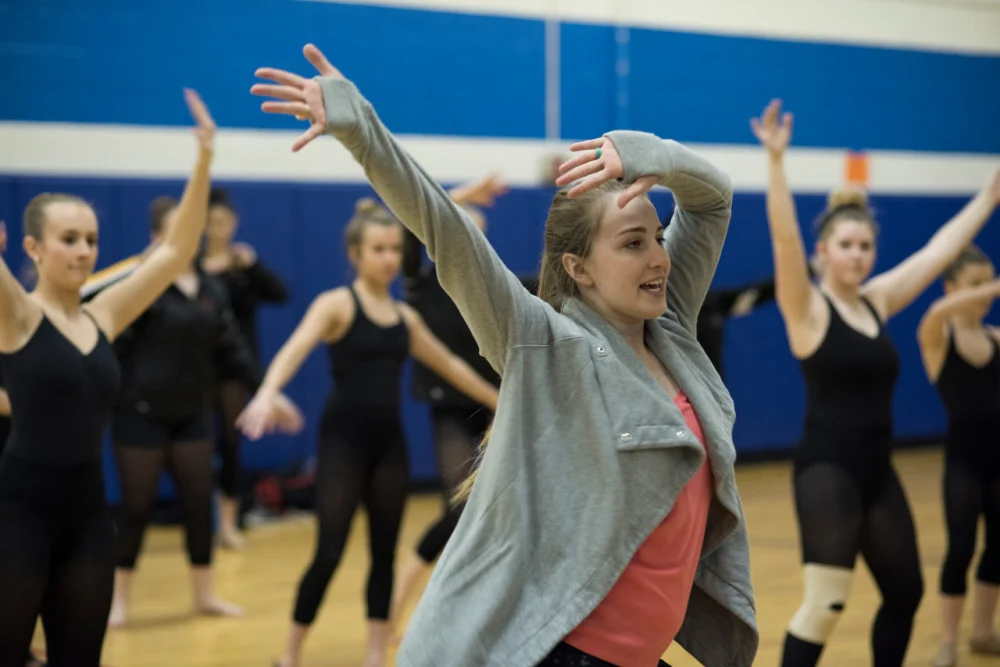
- physical-benefits-of-dance-schooling
- emotional-and-mental-growth-through-dance
- why-dance-schooling-fuels-confidence-and-social-skills
- dance-as-an-educational-and-career-path
- real-stories-from-students-who-chose-dance-schooling
1. Physical Benefits of Dance Schooling
Understanding why dance schooling matters starts with recognizing its remarkable impact on physical health. Dance classes promote cardiovascular fitness, muscle tone, balance, posture, and flexibility. Unlike static gym workouts, dance involves rhythm, movement patterns, and discipline that engage the entire body. For children and teens, early exposure to these activities fosters healthy growth and body awareness.
A structured environment like that of American Dance Academy ensures proper technique is taught from the start, reducing the risk of injury and improving long-term physical capabilities. Whether a student is training in ballet, hip hop, or jazz, each genre contributes to enhanced coordination and stamina—benefits that extend far beyond the studio floor.
2. Emotional and Mental Growth Through Dance
Dance is more than movement—it's expression. One of the most underestimated benefits of dance schooling is how it supports emotional development. Students learn how to channel their feelings into movement, which can be especially powerful for those struggling with stress, anxiety, or shyness.
Dance requires focus, memory, and creative thinking. Rehearsing routines builds discipline, while improvisation allows freedom of expression. When students face challenges like nailing a new choreography or performing in front of others, they build mental resilience and a sense of accomplishment.
3. Why Dance Schooling Fuels Confidence and Social Skills
One of the most rewarding outcomes of dance schooling is improved self-confidence. Whether it's performing on stage, auditioning for a role, or simply participating in a group class, dance places students in social settings that nurture collaboration and communication.
Through partner work, ensemble numbers, and team rehearsals, students learn trust, timing, and mutual support. These experiences naturally strengthen leadership skills, empathy, and accountability—traits that help individuals thrive in all areas of life. Dance school becomes a social ecosystem where lifelong friendships are often formed.
4. Dance as an Educational and Career Path
While many start dance as a hobby, serious schooling can unlock academic and professional opportunities. Dance schools often prepare students for auditions, college dance programs, and careers in performance, choreography, fitness, or education.
Take the story of Camille, a former student at American Dance Academy, who began with Saturday jazz classes and went on to earn a BFA in Dance Performance. Today, she works as both a choreographer and dance therapist, using her background to help others heal through movement. Dance schooling gave her the structure and mentorship she needed to flourish.
For those who don’t pursue dance professionally, the discipline and presentation skills learned through schooling still serve them in business, public speaking, and creative work.
5. Real Stories from Students Who Chose Dance Schooling
Real-life experiences often say more than any statistic. One student, Malik, once shared: “I was the quietest kid in my class until I started taking hip hop at American Dance Academy. The first time I performed in front of an audience, I realized I had a voice—even if I was using my body to speak.”
Stories like his highlight the personal transformations that happen through consistent, guided dance education. For parents wondering whether dance schooling is worth it, the answer lies not just in technical training but in the self-discovery it nurtures.
To find trusted dance instruction, quality gear, and upcoming events in your area, American Dance Academy provides resources tailored to every dancer’s journey—whether you're just starting out or aiming for the big stage.
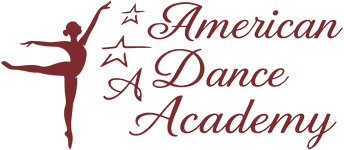
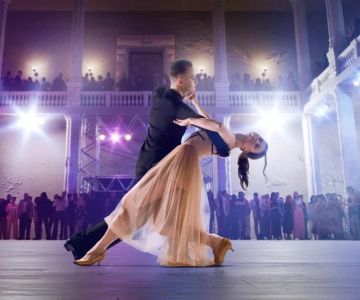
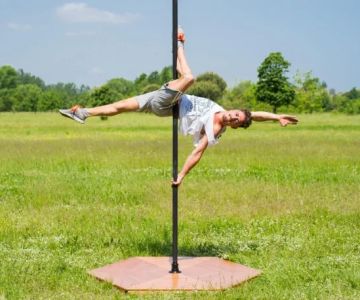
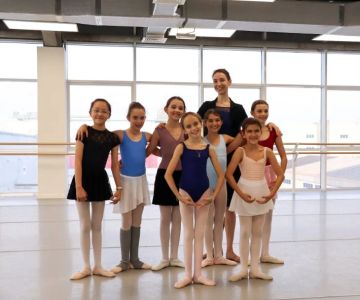
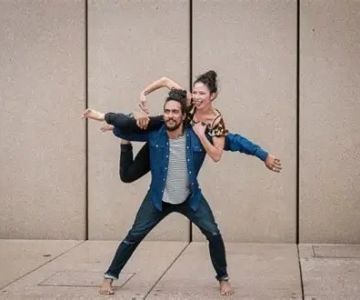

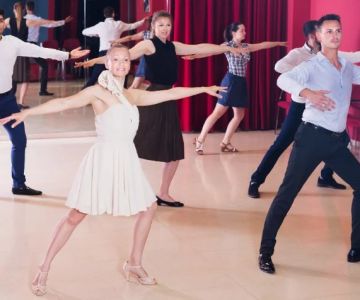
 Barrington Dance Academy5.0 (22 reviews)
Barrington Dance Academy5.0 (22 reviews) Canyon Concert Ballet4.0 (17 reviews)
Canyon Concert Ballet4.0 (17 reviews) Big City Dance Center LLC4.0 (25 reviews)
Big City Dance Center LLC4.0 (25 reviews) Tye Chua Dance & Kalamazoo Ballet5.0 (18 reviews)
Tye Chua Dance & Kalamazoo Ballet5.0 (18 reviews) Fenton Ballet Theatre4.0 (24 reviews)
Fenton Ballet Theatre4.0 (24 reviews) Front Street Dance Center5.0 (7 reviews)
Front Street Dance Center5.0 (7 reviews) Are There Dances in Middle School? What Students and Parents Should Know
Are There Dances in Middle School? What Students and Parents Should Know How a Dance School in Instagram Builds Community and Success
How a Dance School in Instagram Builds Community and Success Why Do Schools Teach Square Dancing?
Why Do Schools Teach Square Dancing?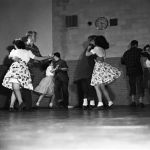 Why Was Square Dancing Taught in School?
Why Was Square Dancing Taught in School? Why Swing Dance Is Popular for Adults
Why Swing Dance Is Popular for Adults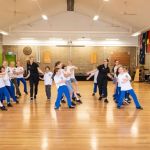 A School Dance: How to Prepare, Shine, and Make It Unforgettable
A School Dance: How to Prepare, Shine, and Make It Unforgettable